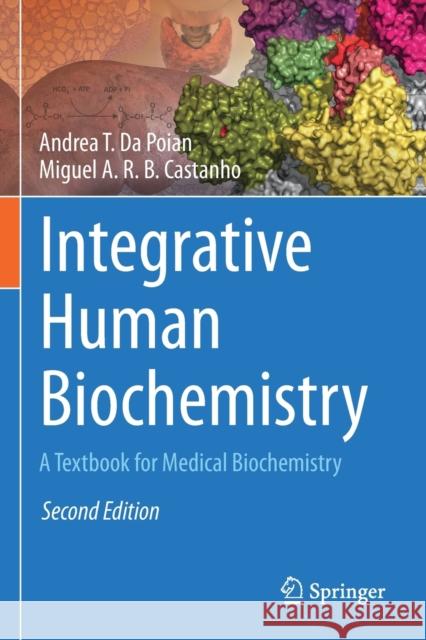Integrative Human Biochemistry: A Textbook for Medical Biochemistry » książka
topmenu
Integrative Human Biochemistry: A Textbook for Medical Biochemistry
ISBN-13: 9783030487423 / Angielski / Miękka / 2022 / 700 str.
Integrative Human Biochemistry: A Textbook for Medical Biochemistry
ISBN-13: 9783030487423 / Angielski / Miękka / 2022 / 700 str.
cena 230,76 zł
(netto: 219,77 VAT: 5%)
Najniższa cena z 30 dni: 229,69 zł
(netto: 219,77 VAT: 5%)
Najniższa cena z 30 dni: 229,69 zł
Termin realizacji zamówienia:
ok. 20 dni roboczych.
ok. 20 dni roboczych.
Darmowa dostawa!
Kategorie BISAC:
Wydawca:
Springer
Język:
Angielski
ISBN-13:
9783030487423
Rok wydania:
2022
Ilość stron:
700
Waga:
0.95 kg
Wymiary:
23.39 x 15.6 x 3.56
Oprawa:
Miękka
Wolumenów:
01
Dodatkowe informacje:
Wydanie ilustrowane











